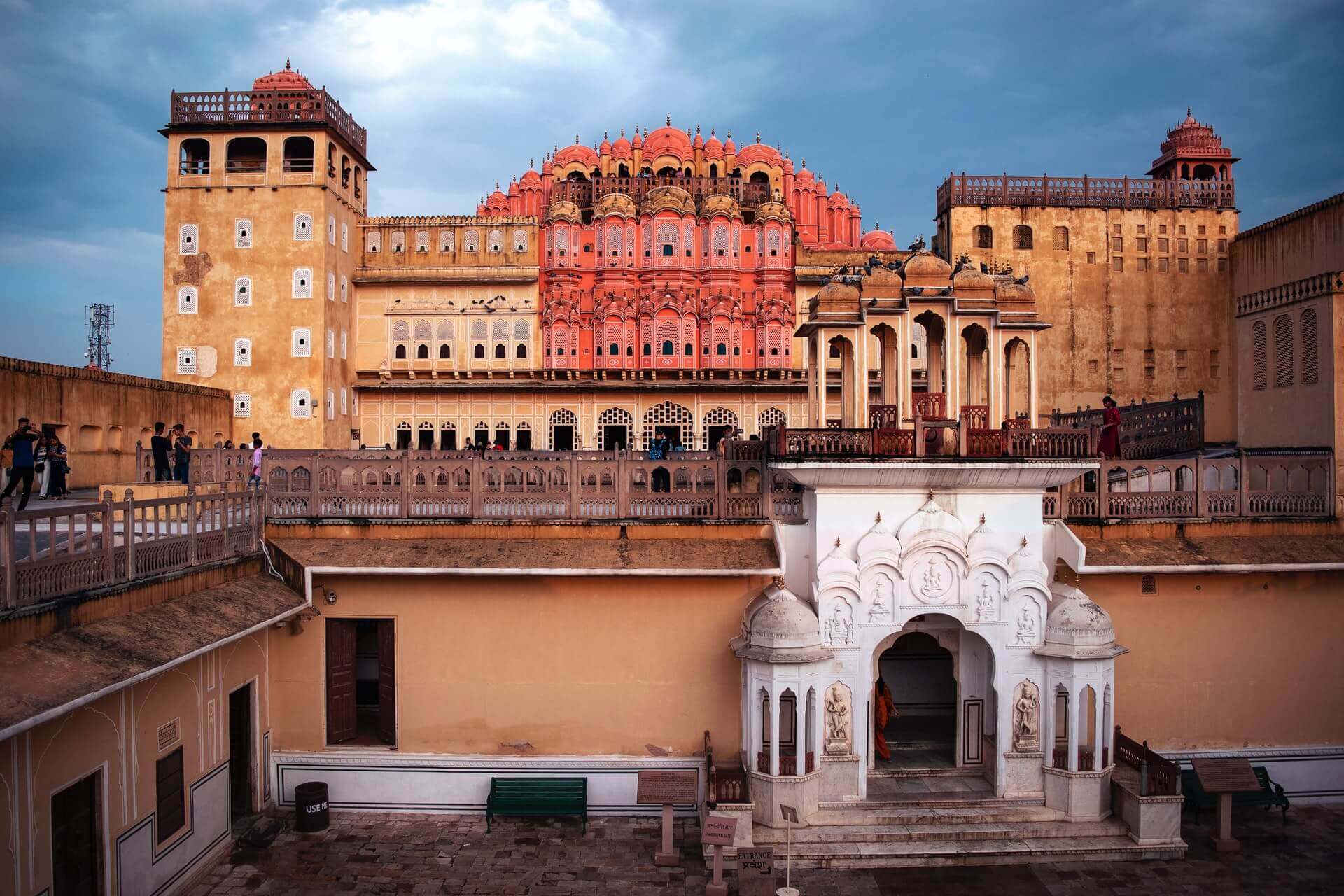Hawa mahal - Palace of Winds, india
The Hawa Mahal, popularly referred to as the "Palace of the Winds," serves as a testament to the majesty of Jaipur's historical and architectural heritage. This beautiful building is a famous landmark that has attracted tourists and history buffs from all over the world to the Pink City's center. We shall explore the Hawa Mahal's history, architecture, and cultural significance in this post.
A Snippet of History:
Maharaja Sawai Pratap Singh, a member of the famed Kachwaha Rajput clan who dominated the area, constructed the Hawa Mahal in 1799. This beautiful palace was built with both practical and aesthetic considerations in mind. Due to the stringent purdah (seclusion) rules that were in place at the time, its main purpose was to offer a private space for the royal ladies of the court to view the street processions and festivities without being seen by the public.
Architectural Wonder:
The Hawa Mahal, with its intricate and elaborate design, is a magnificent example of Rajput architecture. The palace is made of red and pink sandstone to match Jaipur's distinctive color scheme, which has earned the city the nickname "Pink City." The honeycomb-like front of the palace, which is studded with 953 beautifully carved jharokhas (small screened windows), is the palace's most distinctive feature. These windows give the ladies of the royal household seclusion while allowing unrestricted air flow.
Cultural Significance:
The Hawa Mahal is a cultural treasure in addition to being a wonder of architecture. It's a tribute to Jaipur's illustrious royal past and the customs that have molded the city over the years. The palace has appeared in several books, documentaries, and movies, underscoring its significance in culture.
A famous tourist destination in Jaipur today, the Hawa Mahal is accessible to the general public. Visitors are welcome to explore the fort's numerous chambers, passageways, and higher floors, which provide stunning views of Jaipur's busy streets and the distant Nahargarh Fort. The palace's tiny museum offers a fuller understanding of its past by showcasing objects and historical data.
The Hawa Mahal
continues to be a significant component of Jaipur's identity and serves as a reminder of the city's illustrious past. Travelers and history buffs alike continue to be captivated by the palace's timeless appeal and distinctive architecture. A visit to the Hawa Mahal is a necessary component of any journey to Jaipur, regardless of whether you're a history buff, an architecture aficionado, or just a curious traveler.
In conclusion, the Hawa Mahal is more than just a palace; it is a relic of the past that honors Jaipur's artistic talent and cultural legacy. It is a must-see location for anybody visiting the Pink City due to its recognizable exterior, extensive history, and distinctive style.




Post a Comment